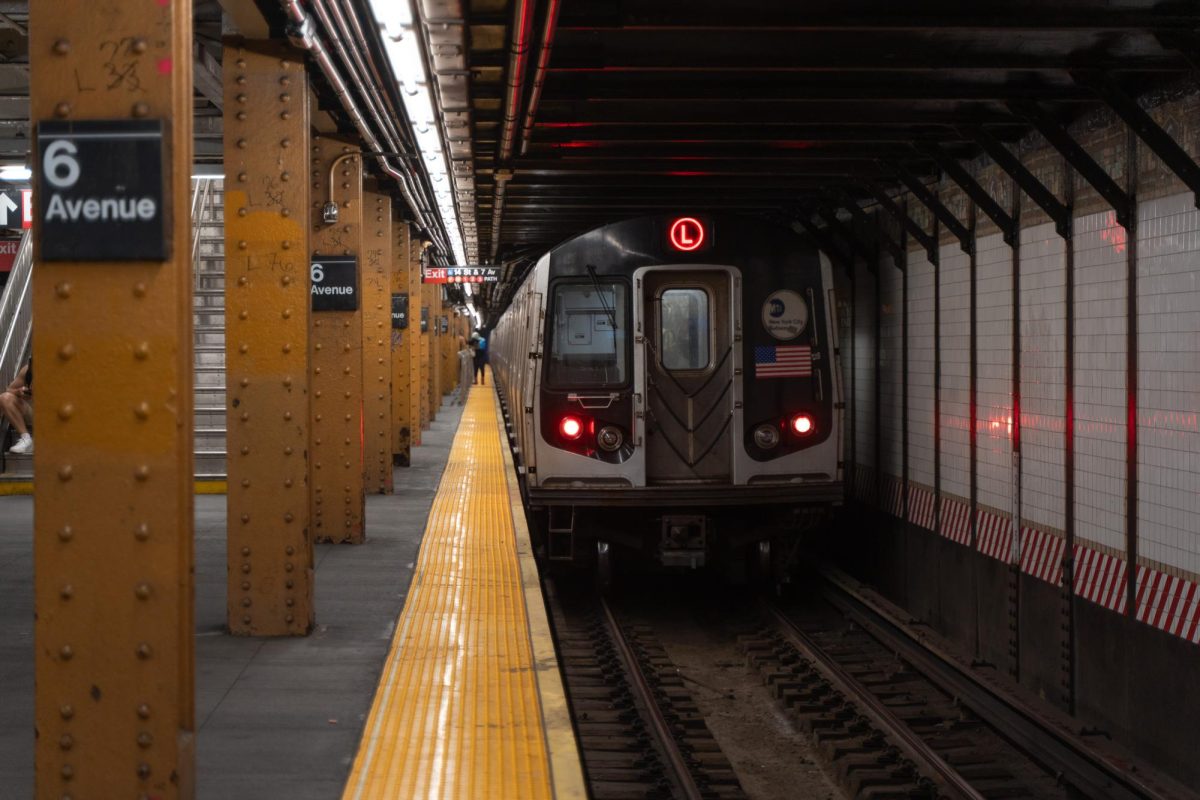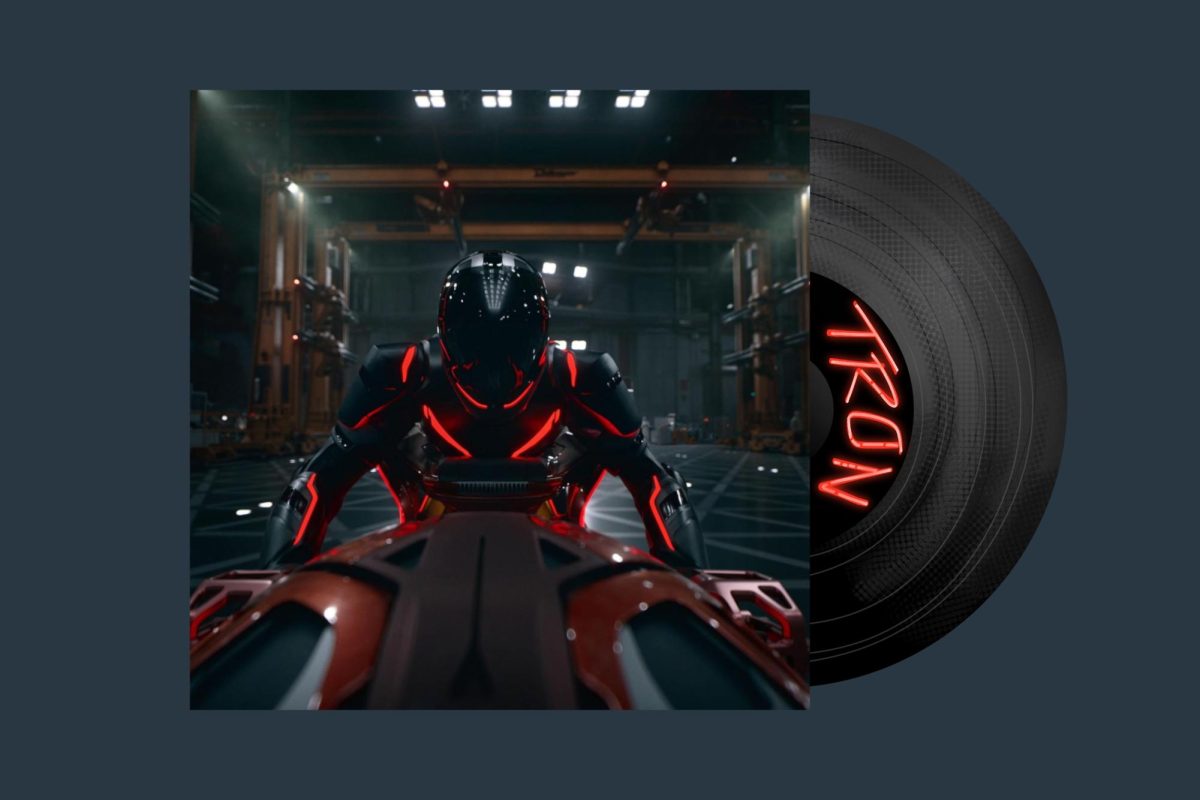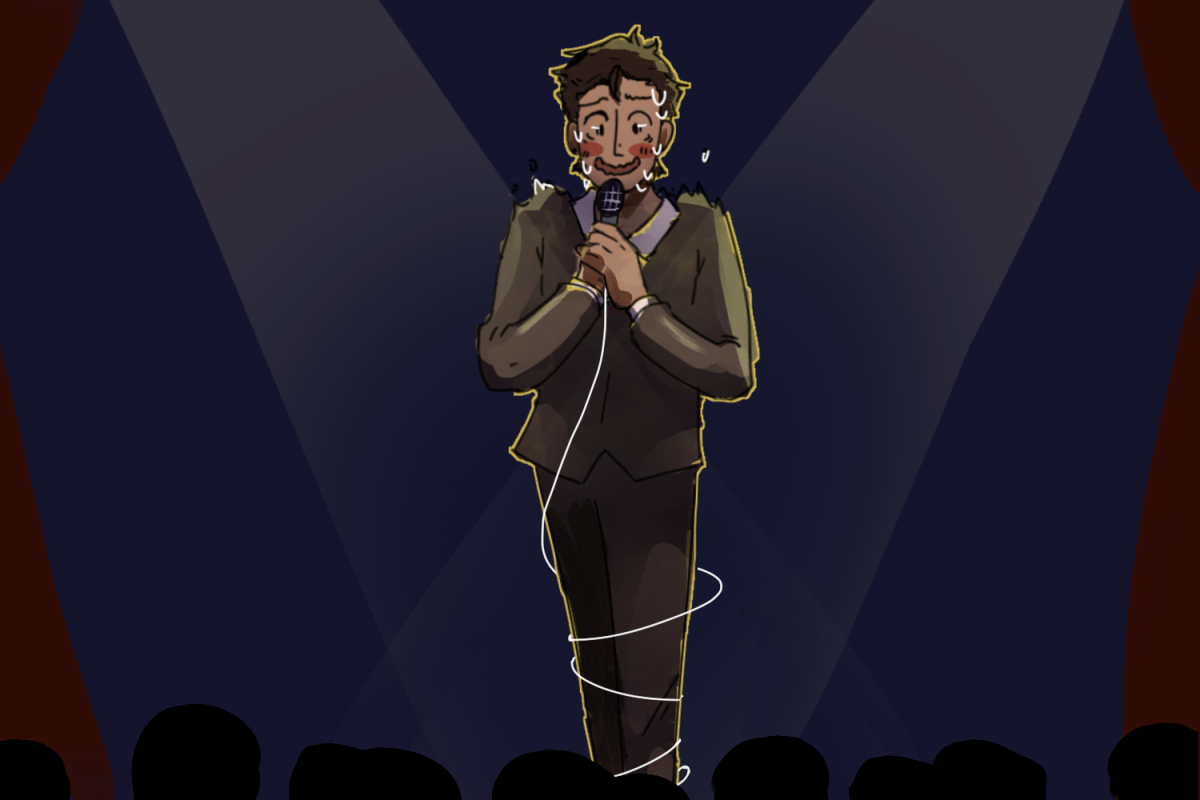A team of students from the Polytechnic Institute of NYU, led by professors Maurizio Porfiri and Oded Nov, launched a remote-controlled robotic vessel into Brooklyn’s Gowanus Canal last Monday.
The team intends to use its robot, Brooklyn Atlantis I, to gather information about the notoriously polluted canal. Brooklyn Atlantis I uses sensors and cameras that will transmit the data back to its public website, brooklynatlantis.poly.edu, every 30 seconds while the robot is in the water.
They hope the data they gather will help construct a history of the Gowanus Canal to guide the cleanup process, in addition to providing an opportunity for NYU-Poly undergraduate and graduate students to put their skills into practice.
In an article in The New York Times, Porfiri said the project became practical when he moved to Brooklyn a year ago and realized the opportunity the Gowanus Canal provided.
In 2010, the Environmental Protection Agency named the waterway a Superfund site, making it a priority for environmental cleanup. Residents in the area have been paying close attention to the cause and have suggested additions to the robot, like adding air quality and salinity sensors to the robot.
The project was funded by the National Science Foundation to encourage citizen science. The group said the public’s participation in the project is key: Visitors to the website are encouraged to register an account, attend Brooklyn Atlantis launches and share their photos of the canal throughout the cleanup process. Tutorials also show volunteers how citizen science brings professionals and students together to collaborate on projects in the community.
Jeffrey Laut, a Ph.D. student at NYU-Poly who is on the team, said the project has complimented his course of study and research interests.
“I think that this project is particularly exciting for a graduate student because we get to see our work in action, right here in our own community,” Laut said. “Most graduate students don’t have that satisfaction, and I think it is especially rewarding to talk to longtime residents who are thankful for the work that we are doing.”
The various interests and fields of the involved students are reflected in their contributions to the project. Some have designed the robot, and others have created the website and user interface.
Porfiri said he is encouraged by the feedback he has received.
“Based on the meetings that I’ve had with the community, the response has been very positive,” Profiri said. “Of course, we don’t know if the people who are interested will actually do the work or if they are just interested. But the response has been extremely exciting.”
CAS freshman Helen Ratner said the robot is a valuable tool: “I hope there are more projects like this in the future that get such wide recognition.”
A version of this article appeared in the Monday, Oct. 22 print edition. Margaret Eby is a staff writer. Email her at [email protected].





















































































































































